Learn about the different concepts and avenues of research we focus on here at the EAC.
Cybersecurity-related activities in the EAC are balanced between research in application of M/L in Cybersecurity and workforce development for Cybersecurity.
Research?
Workforce development is based on our Trojan Cyber Arena, which provides remote, cloud-built labs for the Cybersecurity degree programs, the Arkansas Department of Education, the Forge Institute’s Cybersecurity Apprenticeship Program, and the NSA Healthcare workforce certificate.
The EAC has approximately $1 million in annual research funding for cybersecurity over the next three years. We focus both on educational opportunities for students and artificial intelligence solutions to improve cybersecurity operations.
The opportunities offered to students to participate in funded research and development projects are unique. Student researchers work together in agile teams to develop real-world solutions to some of the most challenging problems in cybersecurity operations.
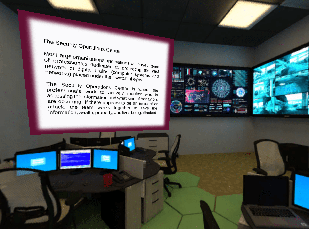
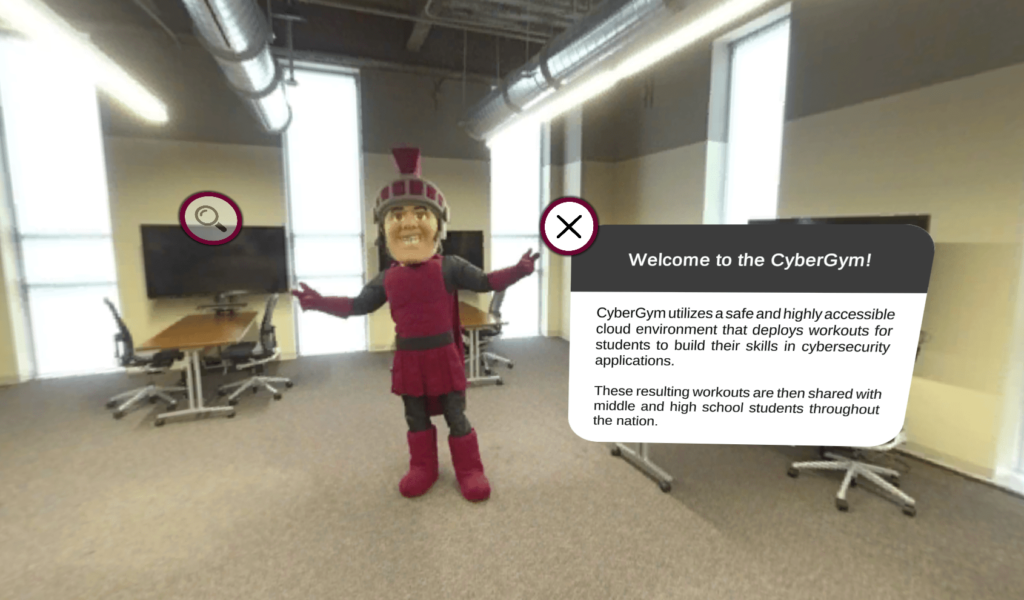
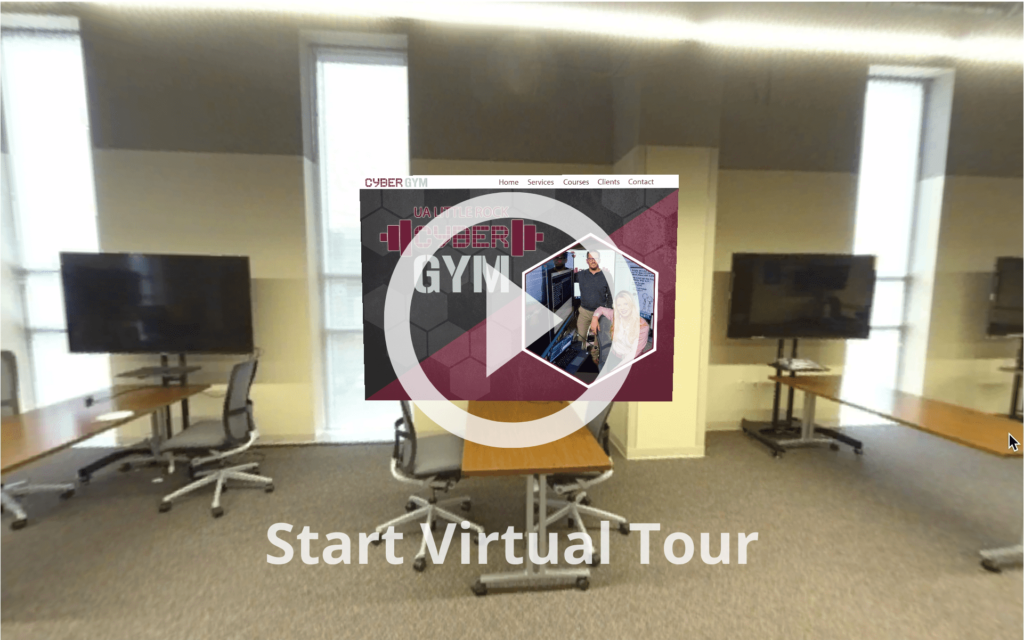
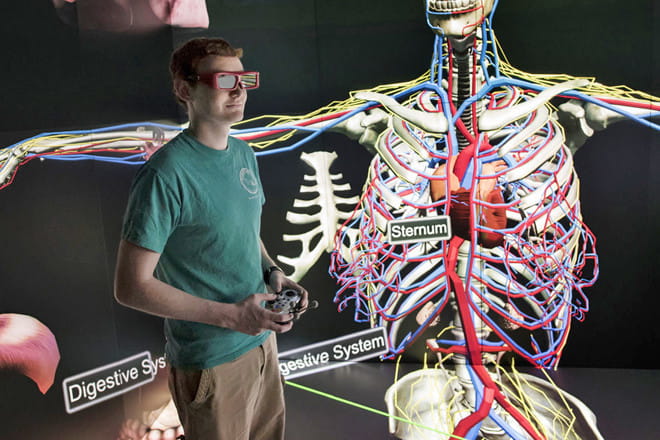
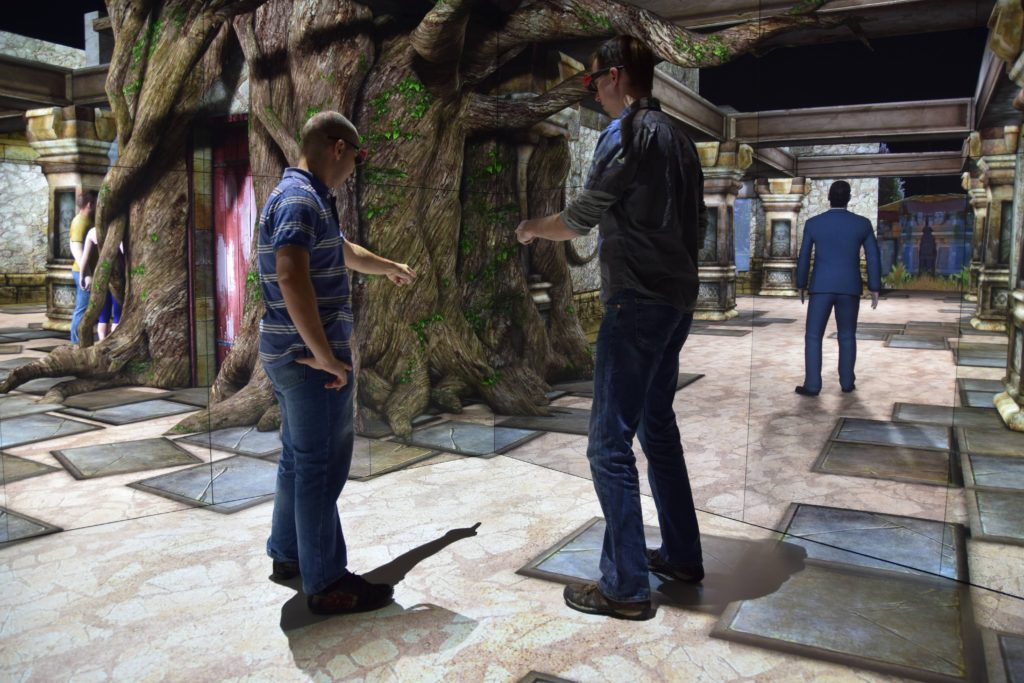
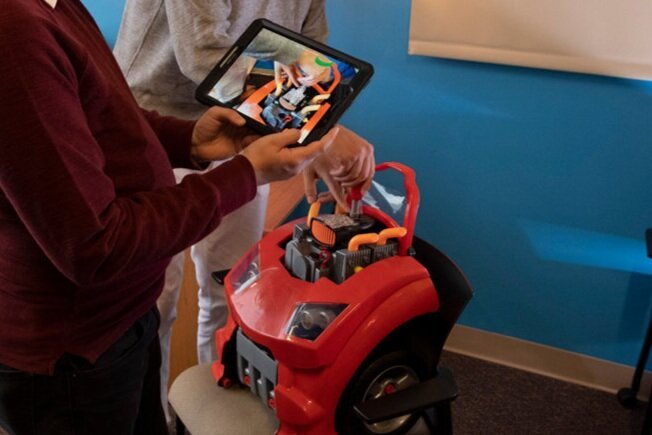
Human-Computer Interaction, or HCI, is a discipline traditionally devoted to the study and creation of computer products that help users carry out tasks, focusing on the ease of use, execution time, avoidance of possible errors, and user satisfaction. HCI combines diverse areas of knowledge such as cognitive psychology, computer science, design engineering, and linguistics to develop new devices and interaction styles that incorporate people’s language capabilities into human-machine dialogue. HCI research aims to design simpler, safer, more comfortable, more reliable, and more effective systems to allow individuals to perform their activities productively with sufficient levels of “manageability”, “usability” or “friendliness”. It also addresses the design of intelligent systems and interfaces capable of emulating aspects of human behavior such as proactively assisting in problem solving, enabling more natural communication with individuals themselves, and acting autonomously in response to changes in context.
As software becomes more sophisticated and state-of-the-art interaction technologies are incorporated into its development to provide a more natural dialogue with users and more convenient access to data, HCI research and development grows increasingly important. The EAC, as a research center with expertise in data analytics and visualization, is in the perfect position to be a partner for companies who are eager to create well thought out, designed, and developed interfaces or software applications to deliver their customers higher quality products or make their employees work better. This means not just delivering something visually appealing, enjoyable, or “cool”. It involves understanding people, the environment, and the processes to make digital tools or services that are easily manageable and provide data access and information in a more user-friendly manner.
One of the strong suites in the EAC for development is our number of immersive visualization, mixed realities, and/or interactive technologies. We have developed various types of computer simulations, training exercises, walk-throughs and interactive experiences with the use of a number of devices to engage the user. We use augmented reality, virtual reality, and mixed reality to help interrelate the user with the situation they need to solve and/or interact with. Including collaborative interaction is a unique priority at the EAC in developing interactive applications. The ability to involve multiple participants into a virtual real-time environments is something that is difficult but with new technologies and networked devices we are able to immerse these participants together. Each device in our lab offers various methods for development in leveraging user experiences, engagement, and learning. These techniques help the user examine numerous strategies for learning with the resources we provide.


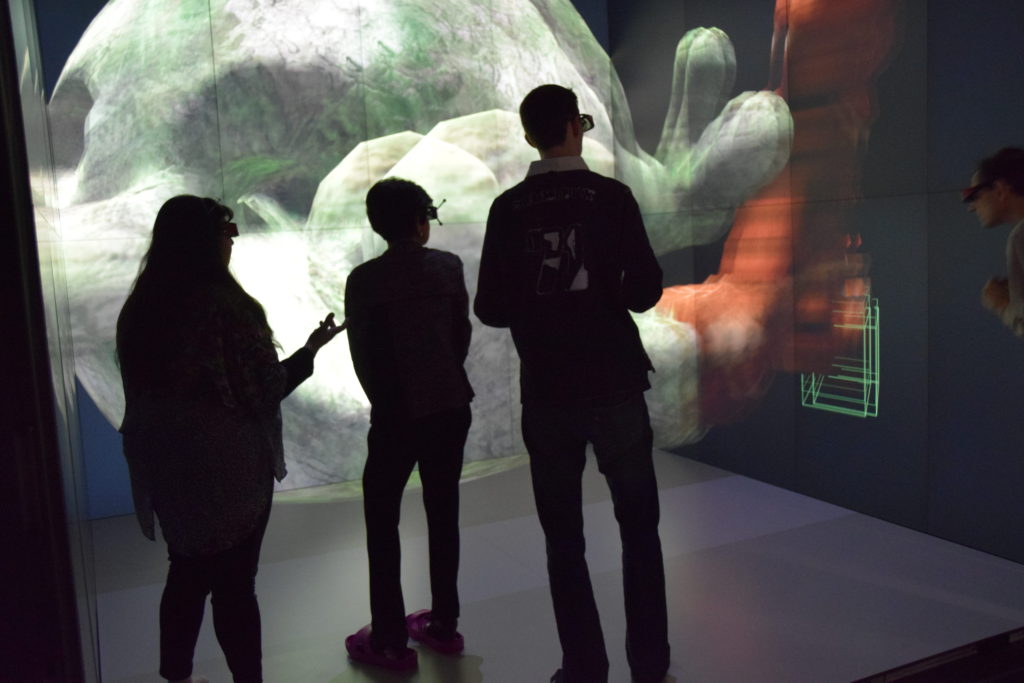

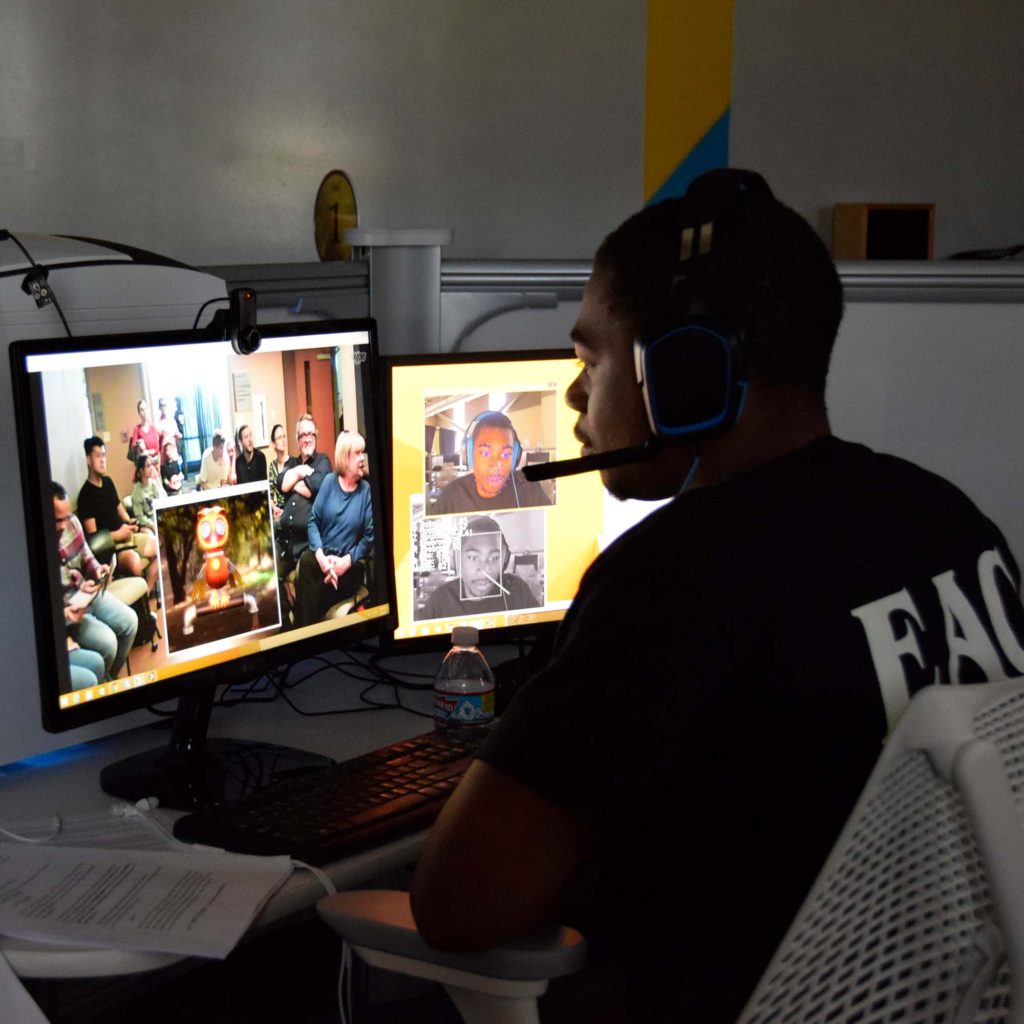
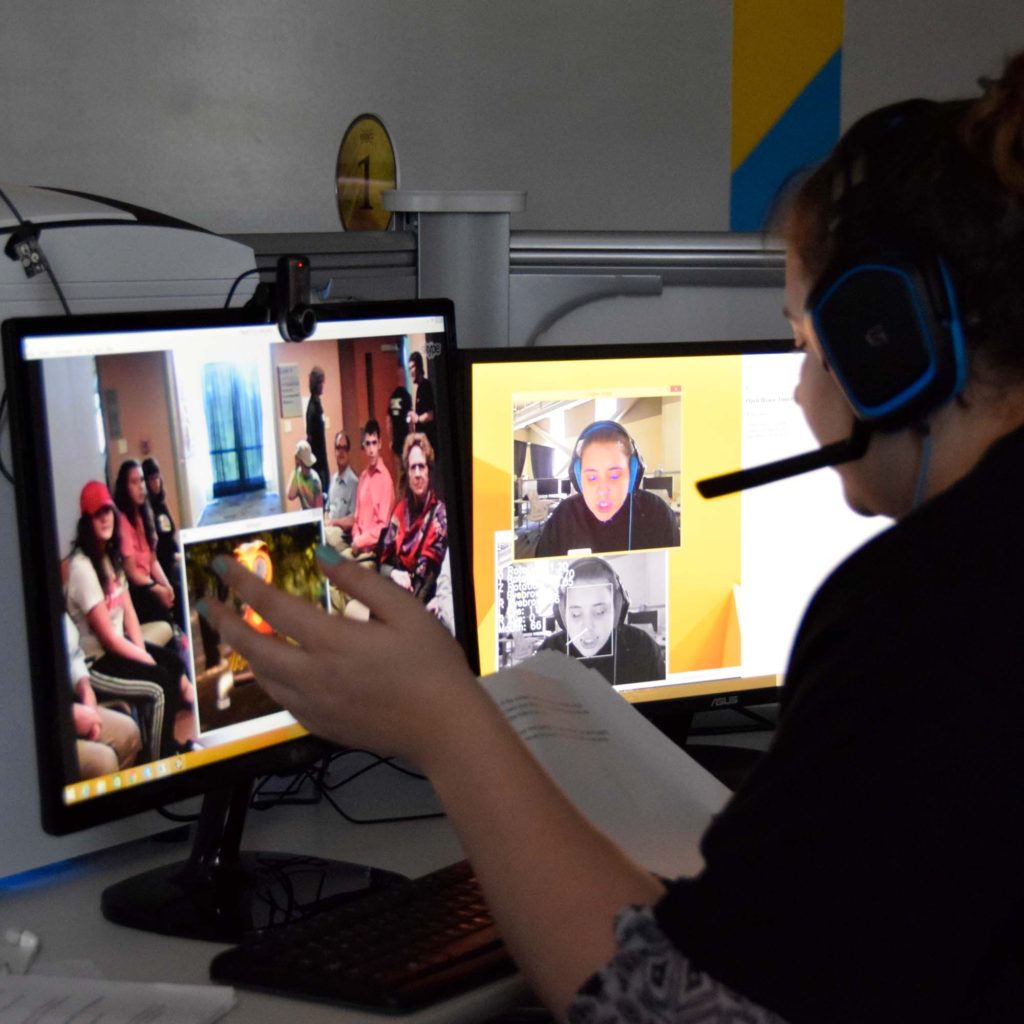
In an increasingly complex world, with growing interactions between users and cyber-systems and an ever-increasing amount of information, machine learning techniques have become a fundamental tool for the EAC. Machine learning allows for more efficient use of data and facilitates the extraction of the hidden knowledge within it. The exploitation of data, in conjunction with data visualization, allows the EAC to speed up the insights discovery process, obtain more specific and valuable information, and incorporate the knowledge generated into the analysis of new input data to produce more dynamic visualization or predictive models.
Beyond pure data analytics, mass data processing techniques and automatic knowledge extraction have been an unprecedented force multiplier for technological progress in recent decades, making possible the development of new channels and mechanisms of communication between humans and computer systems. In recent years, the group has focused efforts on exploring new avenues of work at the intersection of machine learning with human-computer interaction to conceive new algorithmic solutions capable of recognizing and understanding both the activity and behavior of users (e.g., hand gesture recognition, body pose estimation, gaze tracking), as well as the different phenomena surrounding them to extract context-adapted knowledge (e.g., object detection, image recognition) and provide more efficient support for repetitive, tedious or highly complex processes.
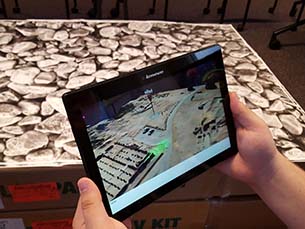
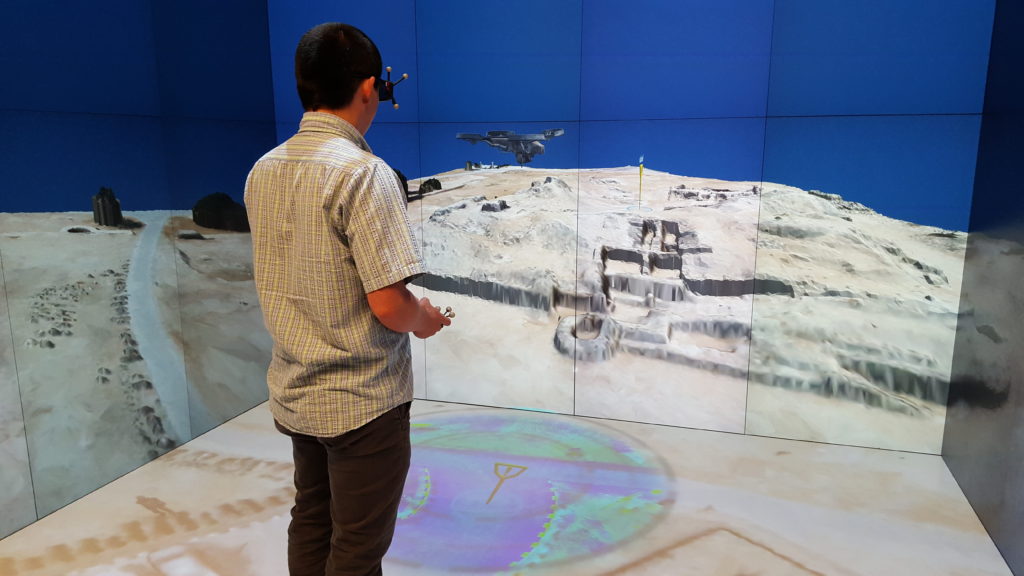


The Health Informatics directorate at the EAC was established in response to the emerging need to transform medical data into usable information, the growing volume of patient data, an increase in technological know-how, and demand for quick and efficient healthcare processes and systems.
The Health Informatics research projects are supported by many strong suits at the EAC for development such as: immersive visualization, mixed realities, and interactive technologies.
The research projects each use different visualization techniques and other technologies available at the EAC to build solutions to advance the performance of the existing medical technologies and add more value to the processes and procedures implemented in different healthcare areas.
Health Informatics research projects at the EAC aim to contribute to the improvement of healthcare systems outcomes, and the experiences for both patients and providers in a more effective manner.